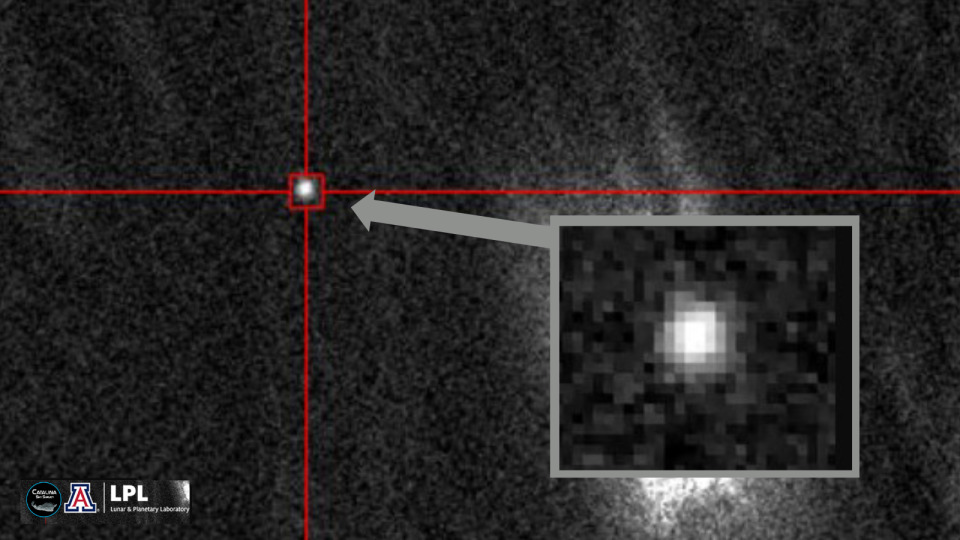The probability that the asteroid 2024 YR4, capable of destroying an entire city by falling to Earth, has decreased by an order of magnitude. According to NASA’s latest calculations, it is only 0.28%.

Asteroid 2024 YR4 was discovered in late 2024. It became the first celestial body in many years to have a probability of falling to Earth other than zero. The collision may occur on December 22, 2032.
According to NASA’s forecast, based on the assumption that the asteroid has a rocky composition and its diameter is 55 meters, it will explode in the Earth’s atmosphere with the release of energy equivalent to the explosion of 8 megatons of TNT. The consequences of such an event will be comparable to the fall of the Tunguska meteorite, which in 1908 devastated about 2000 km² of taiga. Such countries as India, Pakistan, Bangladesh, Ethiopia, Sudan, Nigeria, Venezuela, Colombia, and Ecuador would be at risk.
Since its discovery, the probability of 2024 YR4 falling to Earth has gradually increased. By February 18, it reached a value of 3.1%, which was a record for such large objects.
At the same time, astronomers urged us not to panic prematurely and reminded us that the increase in the probability of falling 2024 YR4, in general, was the norm, which is due to the peculiarities of the calculation of the area through which it will fly in December 2032. Something similar once happened with the asteroid Apophis: the estimate of the probability of falling, which initially increased and then sharply decreased to zero.
The forecast came true. Already on February 19, the assessment of the risk of asteroid impact decreased by half to 1.5%. This was facilitated by new observations conducted after the full moon when the sky became darker, which increased their accuracy. And already on February 20, the probability of falling 2024 YR4 to Earth decreased to 0.28%. Most likely, the next observations, which will take part in the James Webb telescope, will reduce it to zero.
At the same time, the probability that an asteroid will collide with the Moon in 2032 has increased slightly. It is now 1%. The collision, if it happens, will be visible from Earth.


